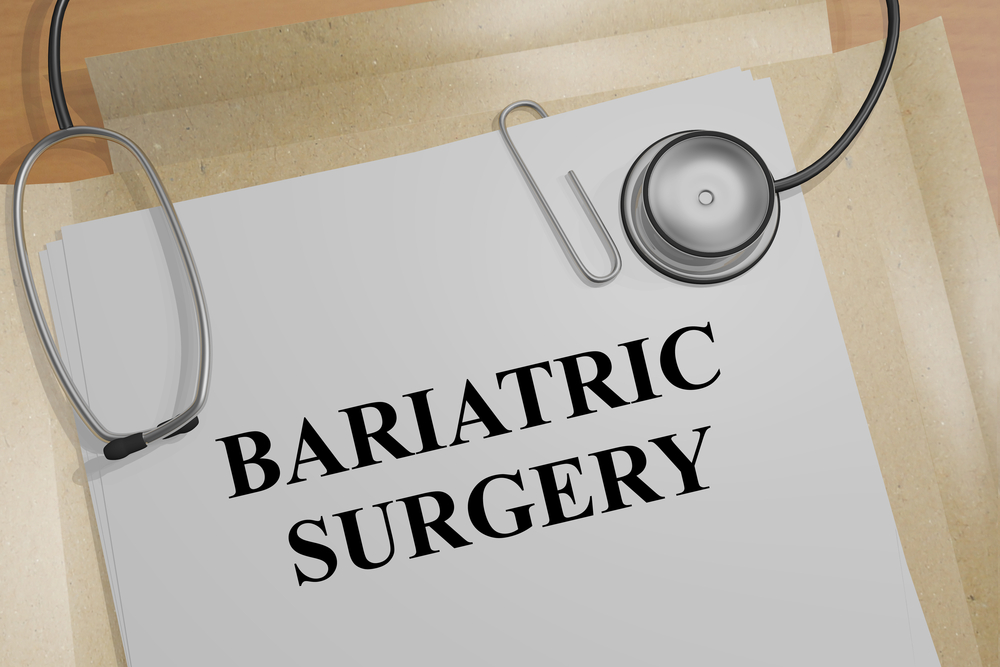
Bariatric surgery is a weight loss surgery that helps overly obese people lose weight. It is ideal for people whose extra weight is affecting their health. It’s more so if they have not had success with diet, exercise, and other weight loss methods.
The surgery involves various surgical procedures, including gastric bypass, that help improve obesity-related health issues like high blood pressure and type-2 diabetes. Your surgeon will choose the appropriate surgery depending on your overall health and personal needs.
So, When Exactly Is Bariatric Surgery Available?
Bariatric surgery is available if:
Your body mass index (BMI) is 40 and above. It is also available if your BMI is between 35 and 40 and you have an obesity-related health issue that may resolve if you lose weight.
You have tried eating healthily and exercising but are not losing weight.
You commit to changing your lifestyle and seeing your doctor regularly after the surgery.
Talk to your doctor if you think bariatric surgery is an option.
Types of Bariatric Surgery
There are different types of bariatric surgery. The most common ones are:
Gastric Bypass
In a gastric bypass procedure, the surgeon joins part of your tummy to the small intestine. That limits the amount of food your stomach can hold and restricts how much food you absorb. In other words, you feel sated sooner and do not ingest as many calories from your diet.
Gastric Band
In the gastric band, the surgeon places a band around your stomach. That way, you do not need to consume as much food to get full.
Sleeve Gastrectomy
Sleeve gastrectomy removes about 80 percent of your stomach, leaving a tube-shaped sleeve. Now that your stomach is trimmer, it cannot keep as much food. It also lowers the production of ghrelin, a hormone that controls appetite.
Duodenal Switch
A duodenal switch shapes your stomach into a tube-like sleeve, akin to sleeve gastrectomy, and bypasses a large part of your small intestine. That reduces the amount of food your tummy can hold and the nutrients your body can absorb.
Duodenal switch is a very effective procedure but also has higher risks. It may cause malnutrition or vitamin deficiency.
Risks of Bariatric Surgery
Bariatric surgery comes with its risks. The risks may vary based on your age, the type of surgery you pick, and the amount of weight you need to shed.
The risks may include:
Too much bleeding
Blood clots
Infection
Unfavorable reaction to anesthesia
Bowel or intestinal obstruction
Dumping syndrome - causes nausea, vomiting, diarrhea, light-headedness, or flushing
Gastric or acid reflux
Malnutrition
Leaks in your stomach and intestines
Impaired wound healing
Death (although rare)
Recovery and Healing
Recovery time can differ depending on the type of bariatric procedure done. It is longer if it involves cutting out a section of your stomach or small intestine. You will see your doctor for follow-up checks days after the surgery and every couple of weeks for a few months. During these appointments, your doctor will remove your drain and sutures, examine the wound, and change its dressing.
It takes about two to three weeks for the cuts to heal and six to eight weeks for the tummy staple line to recover. After roughly one month, you should be well on the journey to full recovery and can resume your daily routine.
To learn more about bariatric surgery, call Gupta Plastic Surgery at (858) 408-6100 to reach our office in San Diego or Encinitas, California.












